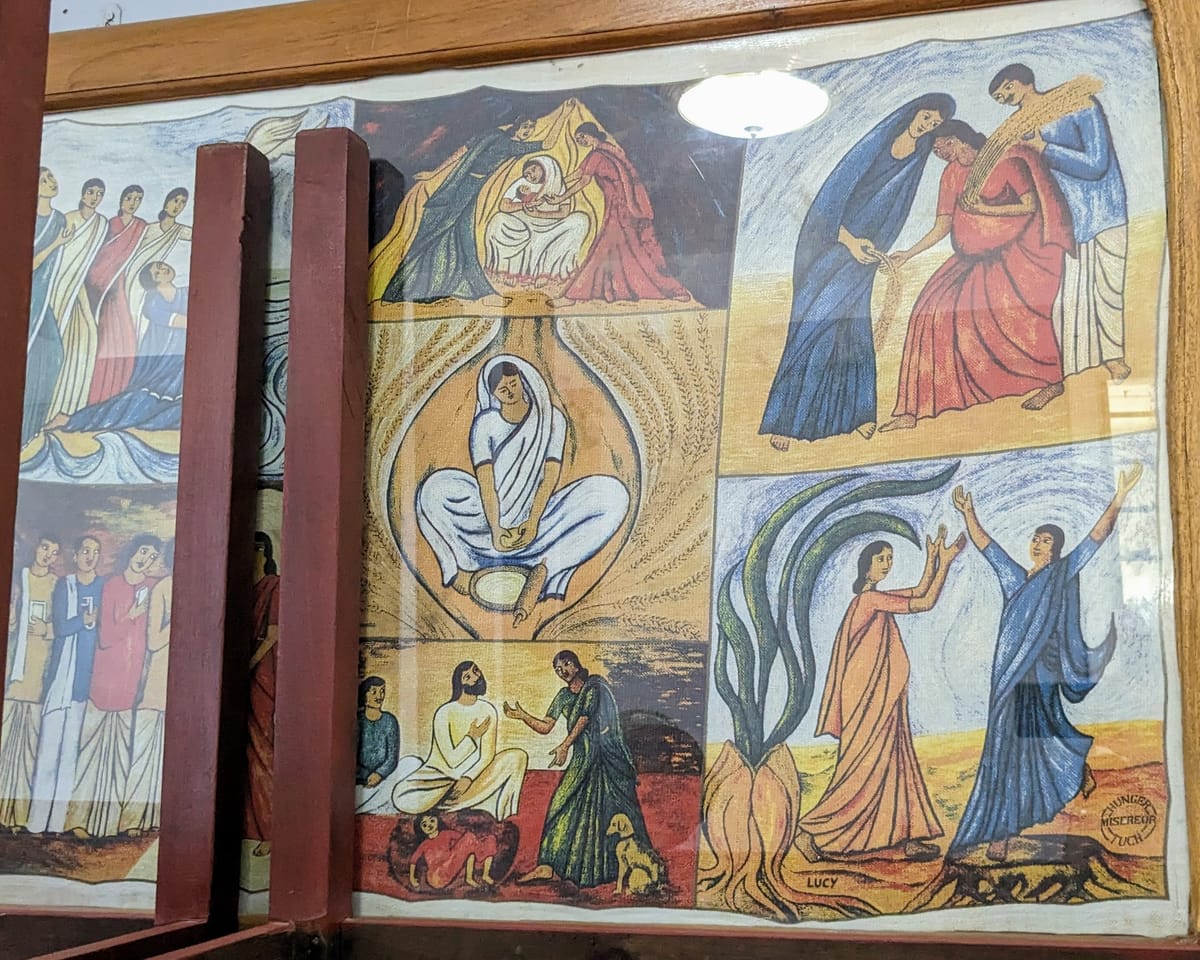what is a contemplative teacher?

The Center for Action and Contemplation's "Essentials of Engaged Contemplation" course began this week. And three teachers--Dr. Barbara Holmes, Brian McLaren, and James Finley--responded to this question:
what is a contemplative teacher?
Barbara Holmes said, a contemplative teacher teaches out of their own mystical experiences and "opens portals to the soul" for students to enter "into the mysteries of life," in both its everyday and divine dimensions.
Brian McLaren said, a contemplative teacher teaches how to think, not what to think, and certainly doesn't (as some of his non-contemplative teachers did) threaten students if they don't think the same thing as the teacher.
James Finley said, a contemplative teacher teaches "mystics of the Chrisian tradition, but also in all the traditions." Meaning, they teach the mystics' writing and lives.
becoming a contemplative teacher
I want to become a more artful and intentional contemplative teacher. That's one of my goals for this course. It's always been a thread of my ministry as a pastor. Or, at least I trust and hope it has. In my first few years, I took semester-long courses at Moravian Seminary in Bethlehem, Pennsylvania on "Contemplative Prayer" and "Group Spiritual Direction." But only recently have I more fully integrated explicit contemplative teaching in my practice of ministry. Previously it was a theme in my preaching or implicit in my teaching. Now its coming to the fore, likely because my own practice of contemplation has matured.
A key text for this CAC course is Richard Rohr's book Dancing Standing Still. And he begins:
I believe that the combination of human action from a contemplative center is the greatest art form. It underlies all those other, more visible art forms that we see in great sculpture, music, writing, painting, and, most especially, in the art form called human character. When action and contemplation are united, we always have beauty, symmetry, and transformation--lives and actions that inherently sparkle and heal, even with dark images.
With most humans, the process begins on the action side; in fact, the entire first half of life for most of us, even introverts, is all about action.
In hindsight, I think I see that, maybe around five years ago, I started the transition from first half to second half of life, acting increasingly from a contemplative center, as Rohr puts it. Before, there was more of a division or silo around my contemplative practice, so that it wasn't the source. My mother-in-law is a spiritual director and retired pastor, and she uses the metaphor "spring and stream" to name it. My "stream" of action did not flow from the "spring" of contemplation in the way it does now.
So here I am, in this course, embracing for maybe the first time a calling to be a contemplative teacher.
